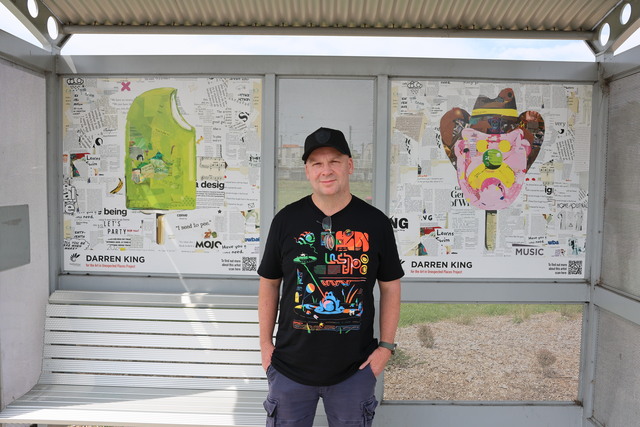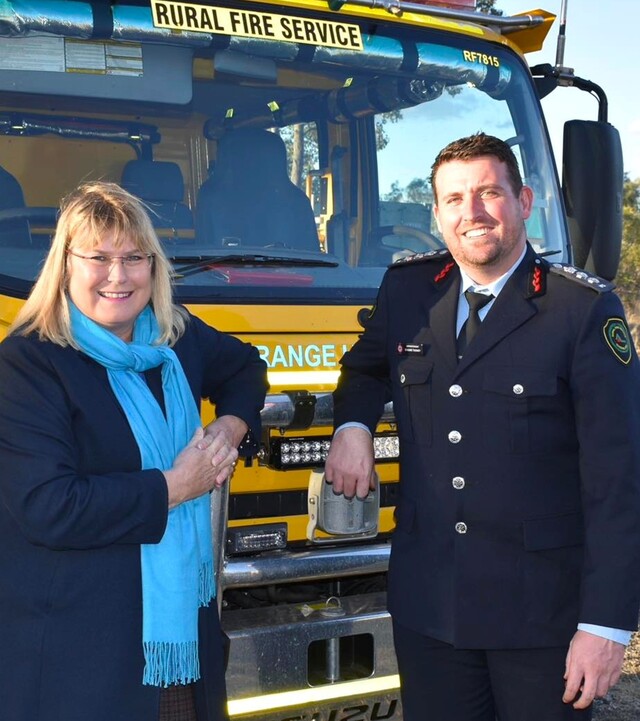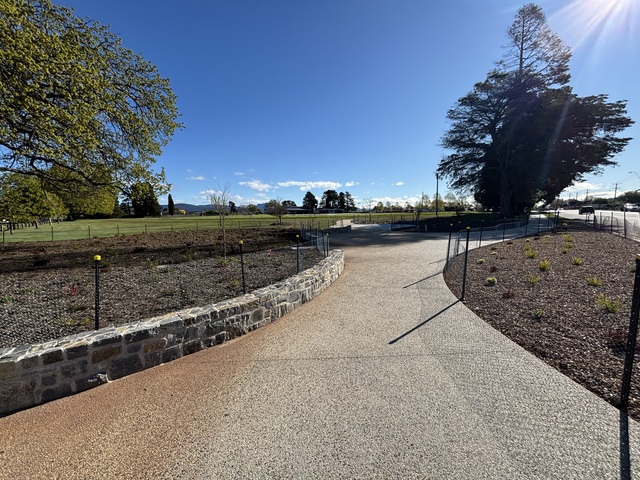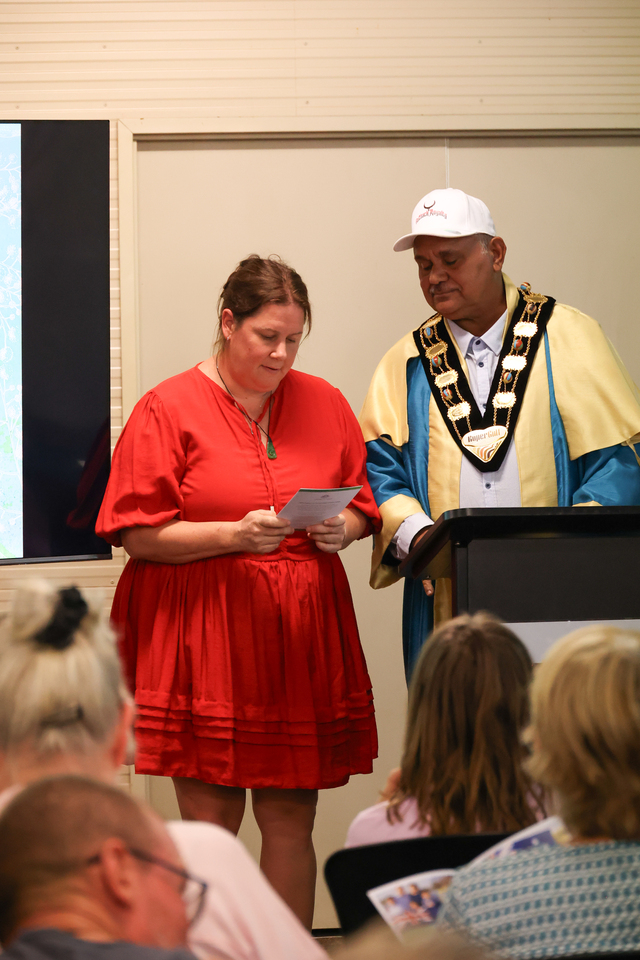By Martin Gregory, General Manager, 1Spatial Asia Pacific
Australian local governments are in a bind when deploying geospatial systems to provide better services at a lower cost. While tech savvy citizens are happy to jump online to interact with a map-based interface – whether for planning applications or to see when to put out the recycling – councils are often overstretched with maintaining existing services.
1Spatial’s recent Australian Local Government GIS Survey drew a picture of councils consumed with maintaining existing geospatial applications rather than delivering new ones. Over half of councils surveyed spent most of their time performing processes manually when managing geospatial data. Around half also said staff and skills limitations – with a similar proportion citing budget constraints – prevented them from doing more with geographic information systems (GIS) or maps to provide solutions to staff and the public.
1Spatial has worked with a number of councils facing staff, skills and budget challenges. One we recently worked with is typical of many that want to do more with mapping with less budget and staff. It has used GIS technology for over 15 years but, for the first 10 years or so, the activity was fairly siloed. Every project undertaken was approached in different ways, using different standards and storing data in different formats and places.
With smarter geospatial solutions, 1Spatial removed duplication of data, resources and effort to find new ways to do a better job. Even with fewer staff, process improvements and automation enabled the council to deliver new geospatial services. One prepares data on planning applications, with the council’s website now displaying interactive maps with current and recent historical planning information.
Change of Strategy
The key to the success of the project was choosing a data transformation tool to create new workflow processes. These synchronise and update spatial and non-spatial data between existing GIS and other systems such as financial, asset and workforce management applications. This approach – which is becoming common in Australia – involved a significant change of strategy.
When the council formed a GIS team four years ago, its remit was to remove the duplication of data, resources and effort. The team aimed to provide a unifying strategy to break down departmental data silos. It formed a long term plan to consolidate all geospatial data into a single, authoritative SQL Server database.
Planning for the data migration, the council purchased Safe Software’s FME from 1Spatial. When a restructure reduced its headcount, the GIS team further explored FME’s capabilities and decided to replace the council’s older processes as a less labour intensive, short term option. As a result, the team developed more than 100 new, automated processes using FME. The software populates data into mapping systems, audits data quality, transforms and geocodes data, and retrieves new data from the web. Joining up data from different sources – using FME to transform it so that it is synchronised and not duplicated – has effectively dissolved departmental barriers. Users now have the spatial data they require to support decisions, without the organisational effort of finding it and negotiating its use.
Locating Assets
Agile transformation tools that build upon existing systems, rather than consolidating data into a new and more expensive one, have also assisted a Victorian council in deploying new map-based services. Working with 1Spatial, the council developed a single, common mapping platform using foundational data from Vicmap API, including aerial imagery, road layouts, cadastral information, land contours, vegetation density, planning zones and public facilities.
On top of this, it layered local information such as refuse collection zones (when will my bin be emptied next if I live here?) from a combination of spatial and corporate databases, including many that are not “spatially aware”. For example, assets like bridges and footpaths are linked by asset IDs to map locations where users can see information like length, width and composition.
For council users, an animal registration layer can geographically display 17,000 registered pets. If a stray dog is found, rangers can use the system to search the vicinity by breed or colour to try and locate the owner. If a local resident contacts council, staff can use the system to more easily reunite pet and owner without the need for a ranger visit.
Thousands of councils worldwide are using one of the FME Editions available to maximise their existing investments in systems and data with new workflows for reading, integration, transformation, improvement and writing data between more than 335 spatial and non-spatial formats. These FME processes can be easily chained together, automated or scheduled to reduce the manual effort required to manage data and enable citizens and staff to use published information whenever and however they need it.
For more information visit 1spatial.com/au/
*Copy supplied by 1Spatial








